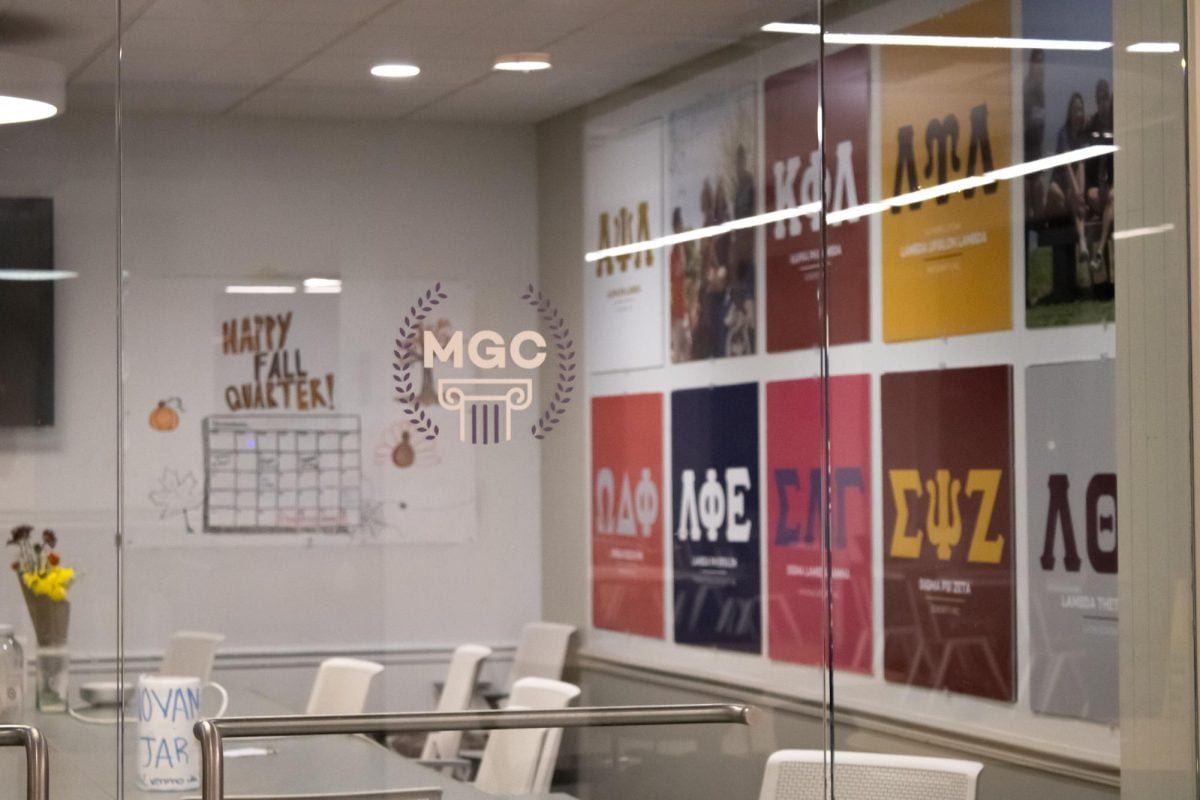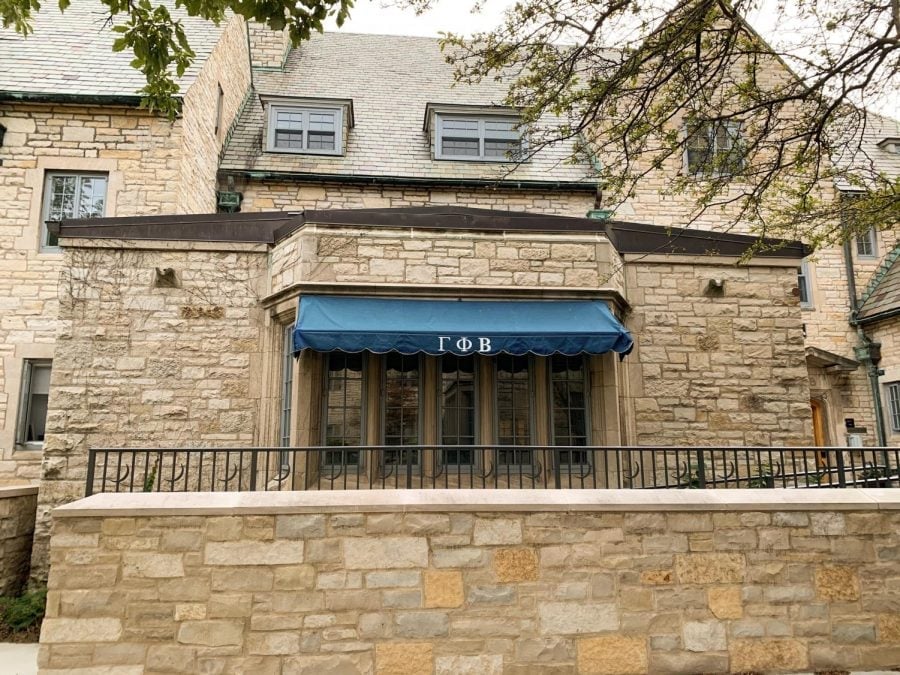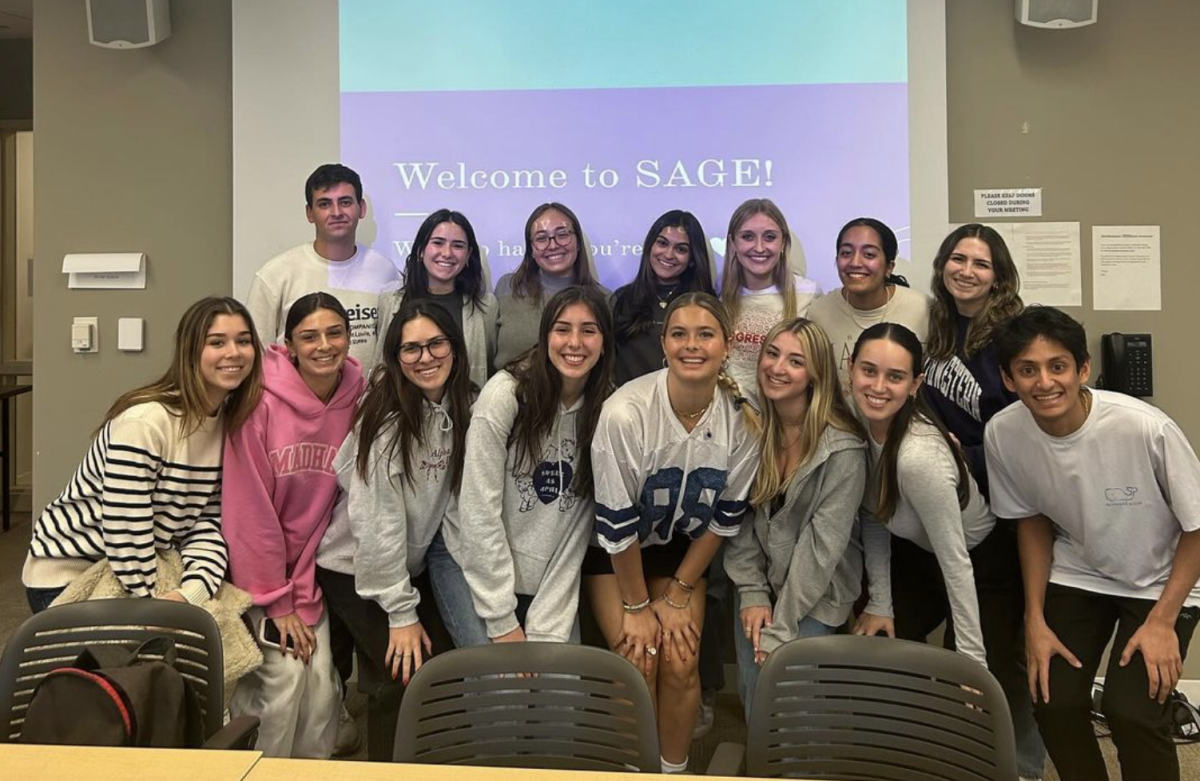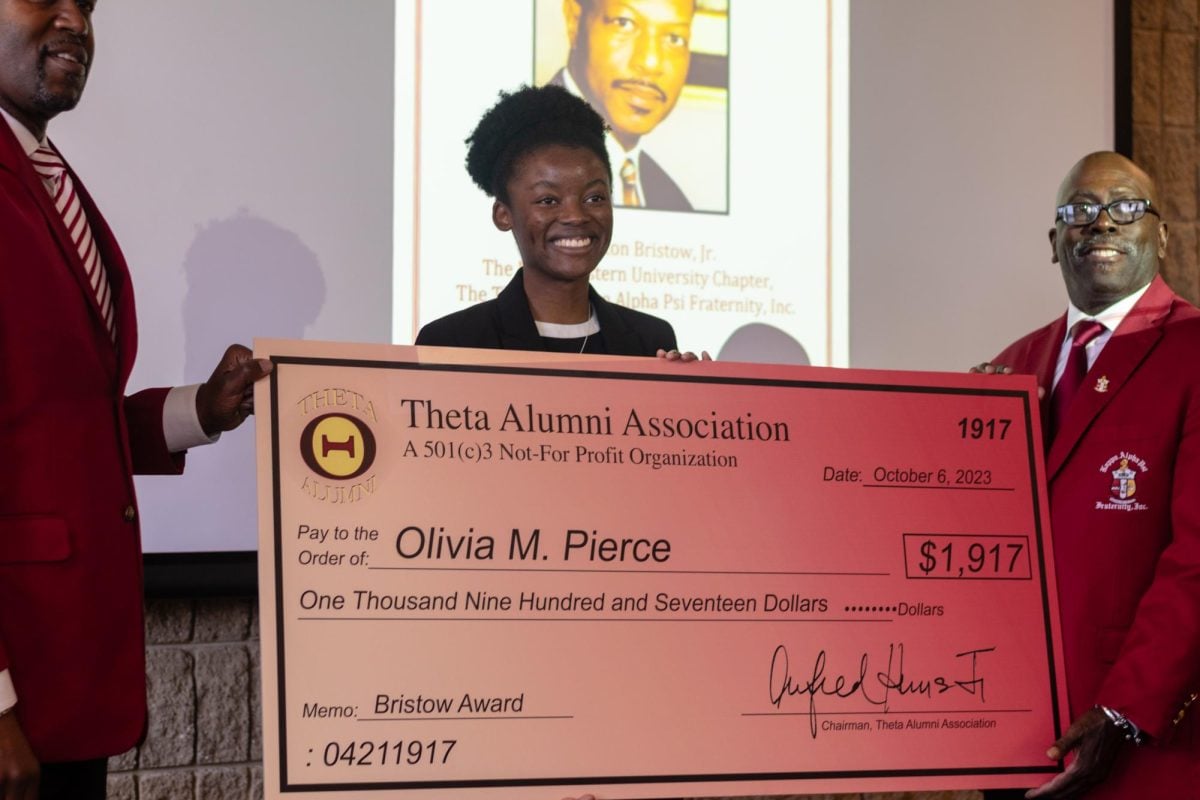The Northwestern campus temporarily shed its usual purple glow yesterday in favor of being “lit up blue” in celebration of World Autism Awareness Day.
This campaign was spearheaded by NU’s chapter of the national organization Autism Speaks, which seeks to promote autism awareness and obtain funding for research. Blue, the color that represents autism awareness nationally, was interwoven through various parts of campus. Dining halls served blue desserts, blue ribbons hung from trees, Norris University Center and Deering Library featured blue lights and the clock tower even shone blue Sunday night, according to Autism Speaks President Eric Yarnik.
“We’re really trying to get the word out, raise awareness and make our organization known,” the Weinberg junior said.
Blue spread far and wide yesterday, as the website of Autism Speaks featured buildings around the world that “shone light on autism,” including the New York Stock Exchange, the Sydney Opera House in Australia and the Cairo Tower in Egypt.
A study released Thursday by the Centers for Disease Control and Prevention found about one in 88 children has been diagnosed with autism or a related disorder by the age of eight. According to an article published Thursday in The Wall Street Journal, the increase in diagnoses could stem from a spike in identification of the disorder in younger and minority children.
“This is a striking increase over prior estimates,” wrote NU communication sciences and disorders Prof. Molly Losh, who does research on autism and related disorders, in an email to The Daily on Monday. “Such a high prevalence rate results in a large number of children and families in need of services and support.”
Still, there are some children who go undiagnosed or misdiagnosed for years.
“My younger sister was misdiagnosed her whole life with (Attention Deficit Hyperactivity Disorder), and we found out recently she has Asperger’s, a form of autism,” said SESP sophomore Brianna Castle. “It’s becoming more prevalent … that’s something an academic culture like NU can respond to.”
Weinberg sophomore Alex Hua, Autism Speak’s campus outreach coordinator, said the group has organized a number of events for the month of April, deemed Autism Awareness Month, both on campus and in Evanston. On April 12, the group will be holding its event “A Cappella for Autism.” Proceeds from the show will go toward funding autism research, Hua said.
Hua added Autism Speaks will hold a luau-themed dance for kids who attend Have Dreams, 2020 Dempster St., a center for children with autism. Hua said the purpose of the event is not to raise money, but to provide an opportunity for the kids to enjoy themselves.
“We want them to have fun and interact with each other,” she said. “It’s just some good bonding time.”
Yarnik said the group’s events will culminate in a trip to downtown Chicago for the organization’s annual walk, Walk Now for Autism Speaks, in May. He said with the growing prevalence of autism diagnoses, funds for research and increased awareness of the disorder will be crucial.
“It’s one of the underfunded causes,” Yarnik said. “There’s still a lot to learn, and it definitely will start kicking in, especially as it continues to be more and more prevalent.”
Though the disorder’s causes currently remain a mystery, and treatments have varying degrees of success, Losh wrote in her email to The Daily that research is making progress in uncovering what may lead to autism’s development.
“There have been some remarkable recent findings in autism research,” Losh wrote. “We’re now starting to identify autism risk genes and to identify environmental contributors that could interact with underlying genetic susceptibility to produce autism.”
In addition to helping fund research and promoting awareness, Castle said she believes spotlighting autism will help decrease stigmatization of those who have the disorder.
“I think sometimes there’s a stereotype put on kids with autism or special needs,” Castle said, “but the more we say these kids are amazing people, people’s perceptions start to change.”






